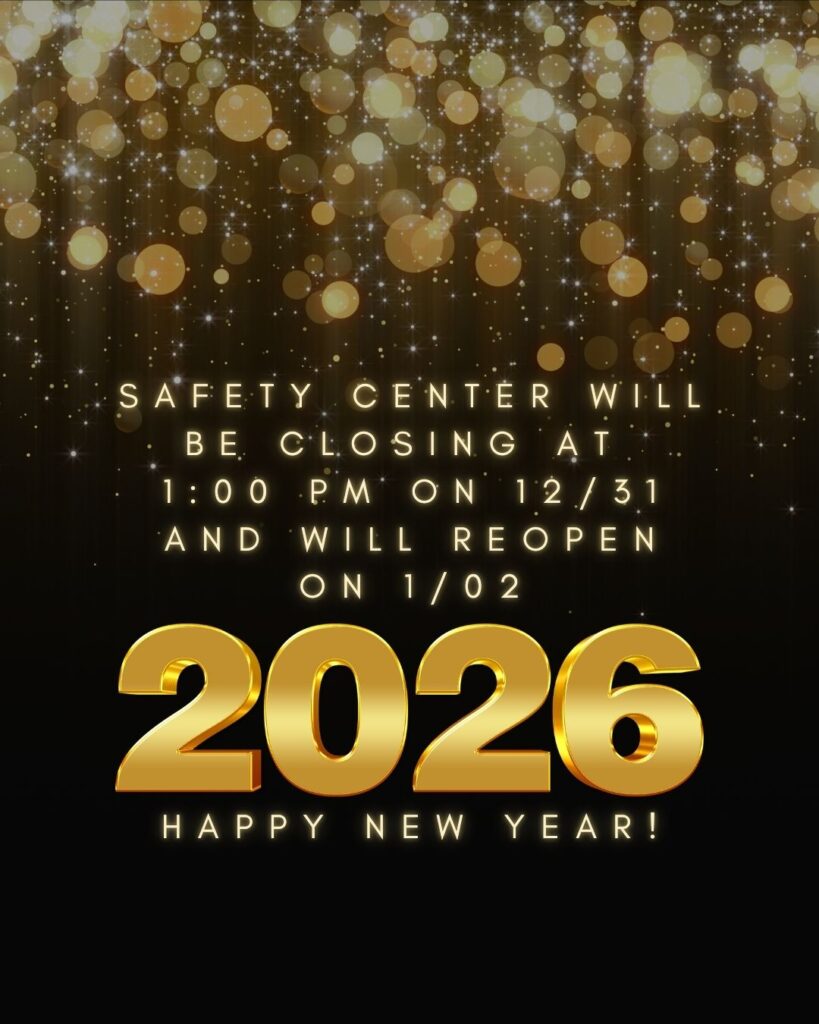A Safety Management Approach
Bob Lapidus, DSP, CSMS
Safety does not come naturally for some people. They have to be taught how to do their jobs safely. If left to their own way of doing things, they often will do what is expedient rather than what is safe, especially if they have not been taught how to do the work. Many employers believe their organization’s tasks are so basic that no training is required whatsoever. That is not true.
Whether it be working in an office, on an assembly line, or in the field, every environment has its own innate hazards. Management’s job is to identify those hazards, analyze why the hazard exists, and then develop steps to eliminate or reduce the hazard.
All employees who work in any given area must be trained on safety to include how to maintain a safe environment, how to do each task safely, what personal protective equipment (if any) to wear, how to protect others, and what to do in an emergency. Such training is foundational for the employee to have prior to starting work.
Once work starts, keeping safety in front of employees is important because we forget, and we get so immersed in the task at hand that we can get distracted. How can we help employees maintain an ongoing awareness of working safely on an ongoing basis?
- Give employees a reminder at the start of each day or shift. It could be a safety slogan sent via email or something posted on doors, or safety information mentioned in a staff meeting. For employers with crews or teams, a short safety talk at the start of each day or shift could be a beneficial reminder. Get input from all employees on ideas so every work day has a different safety topic.
- Before a non-routine task or high hazard task is started, remind all involved employees of the hazards included in the job and what needs to be done to ensure everyone’s safety.
- Provide bright-colored personal protective equipment that does the job of protecting employees from dangers while being a colorful reminder that all work is done safely.
- Put safety reminders in and on organizational vehicles or equipment. Change them on a regular basis.
- Have safety slogans put on organizational shirts as a reminder for all employees. Have a variety of such slogans imprinted so employees are seeing an assortment of slogans.
- Create, implement, and maintain a solid Injury & Illness Prevention Program (IIPP) that is up front and personal for all employees.
- Recognize and praise work being done safely while coaching and correcting unsafe work.
- Ask employees for their input on making a safer work environment.
Why take the above actions? We get distracted. We lose our train of thought. We think we can get away with not doing something in a safe manner. We need something to keep us focused and aware of what we are doing so we do not get hurt.
The well-done job is a job that is done safely.
For More Information
To become part of discussion on topics like the one above, go to www.safetycenter.org to obtain information about Safety Center’s Safety Management Specialist Certificate.
After completing this nine-day program, graduates may take the exam to achieve the Certified Safety Management Specialist (CSMS) designation. Recipients of the CSMS receive a beautiful plaque and become part of an elite group of safety specialists who have achieved this recognition. Once this certification is attained, successful candidates keep it for the rest of their lives without any additional requirements or fees.


